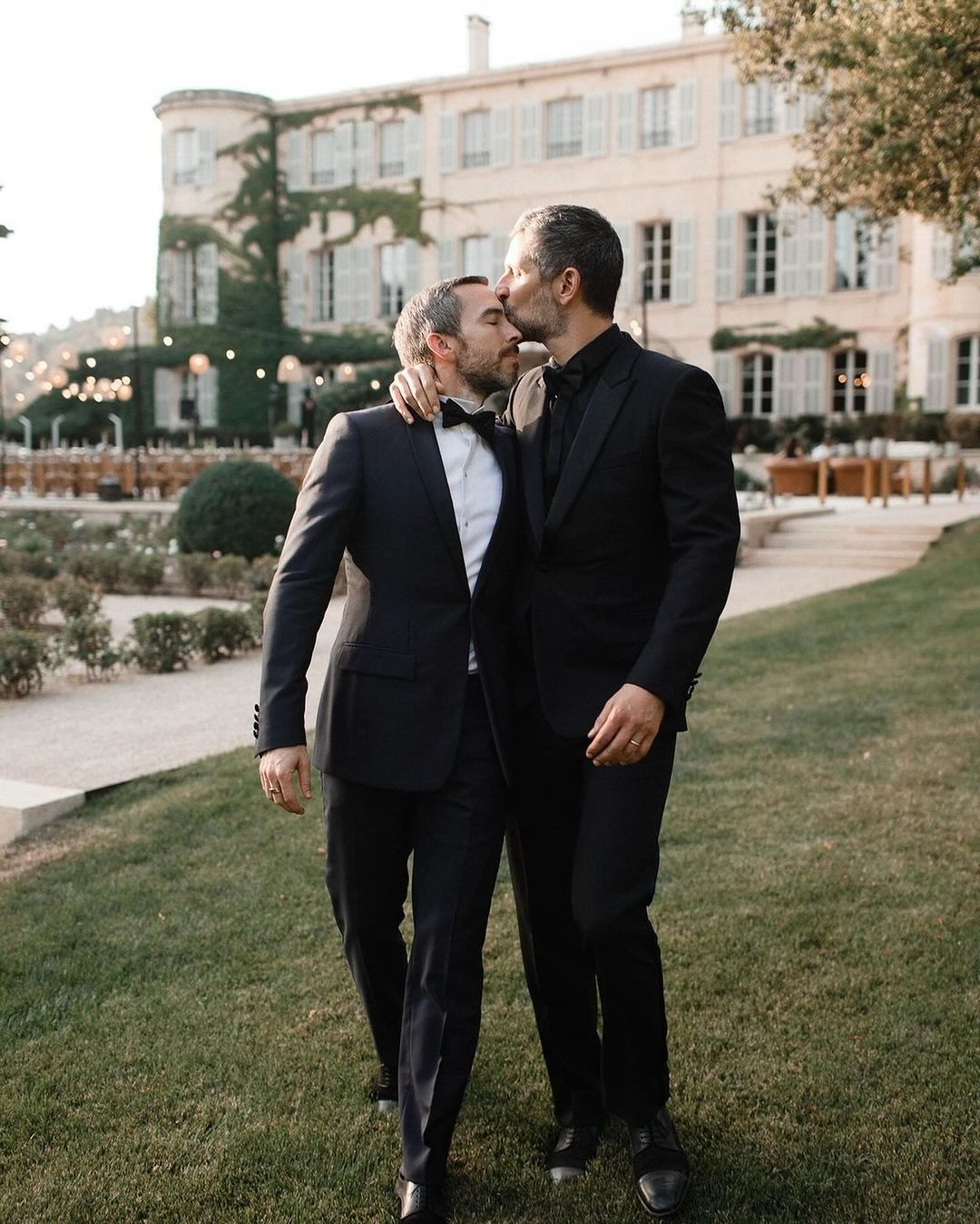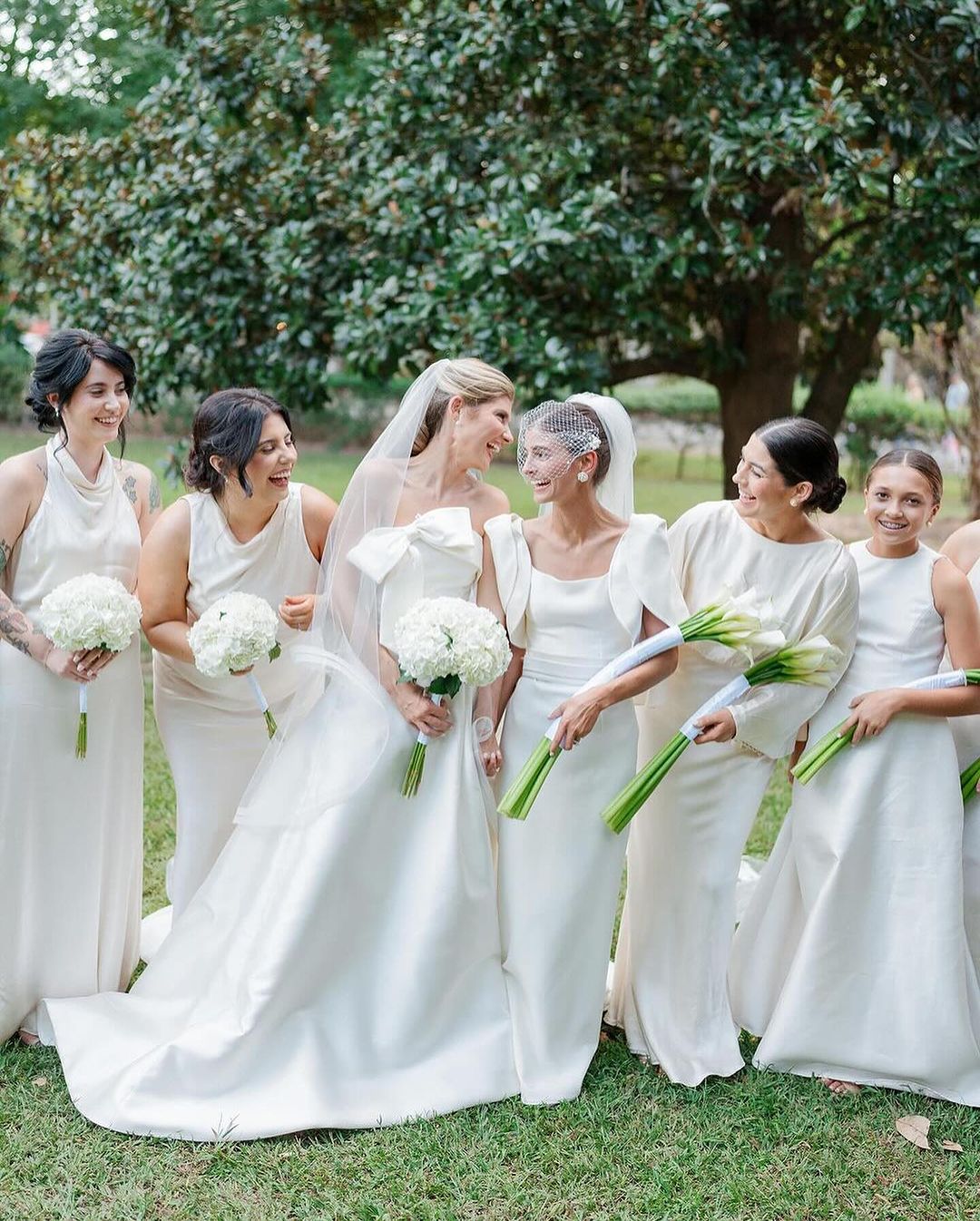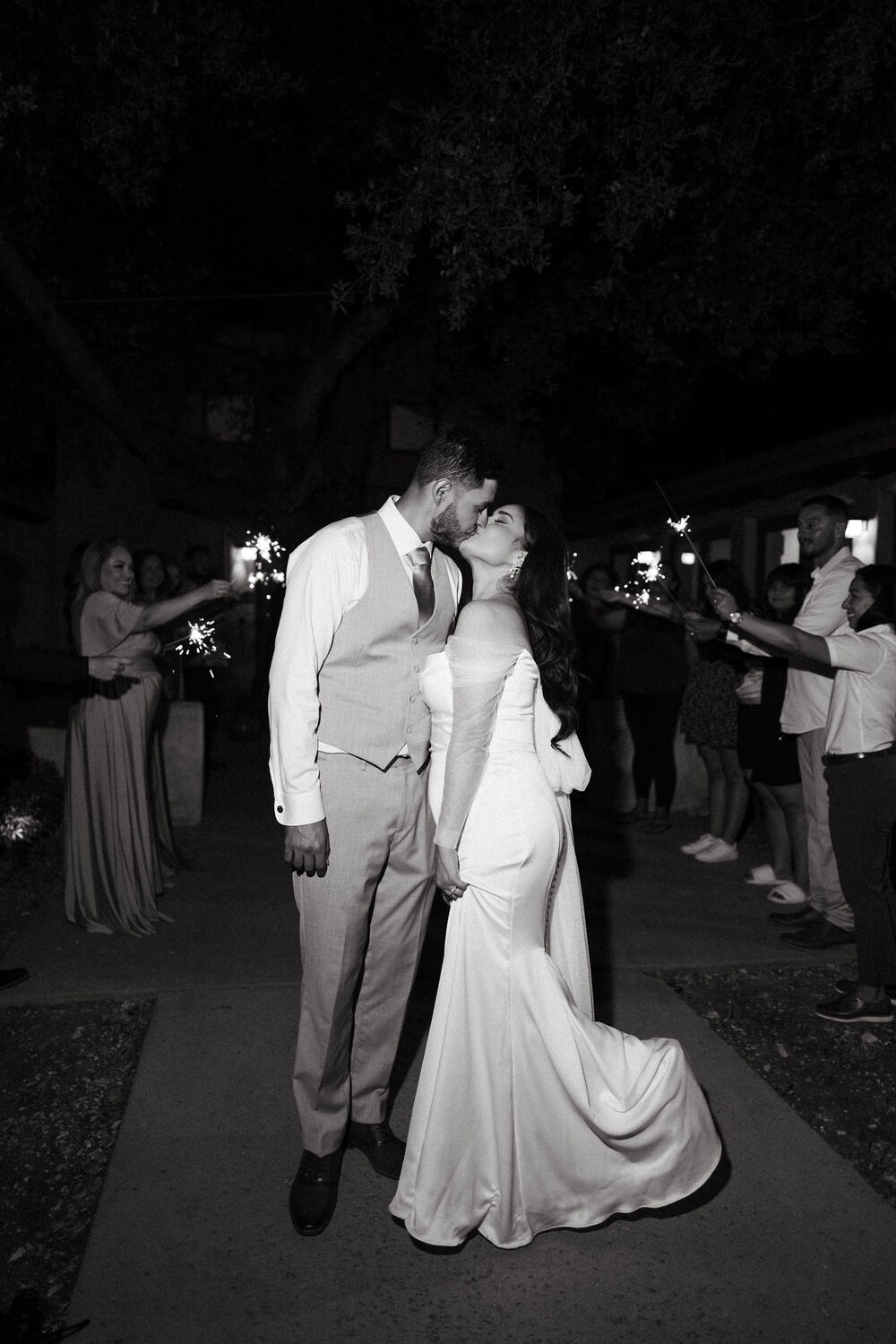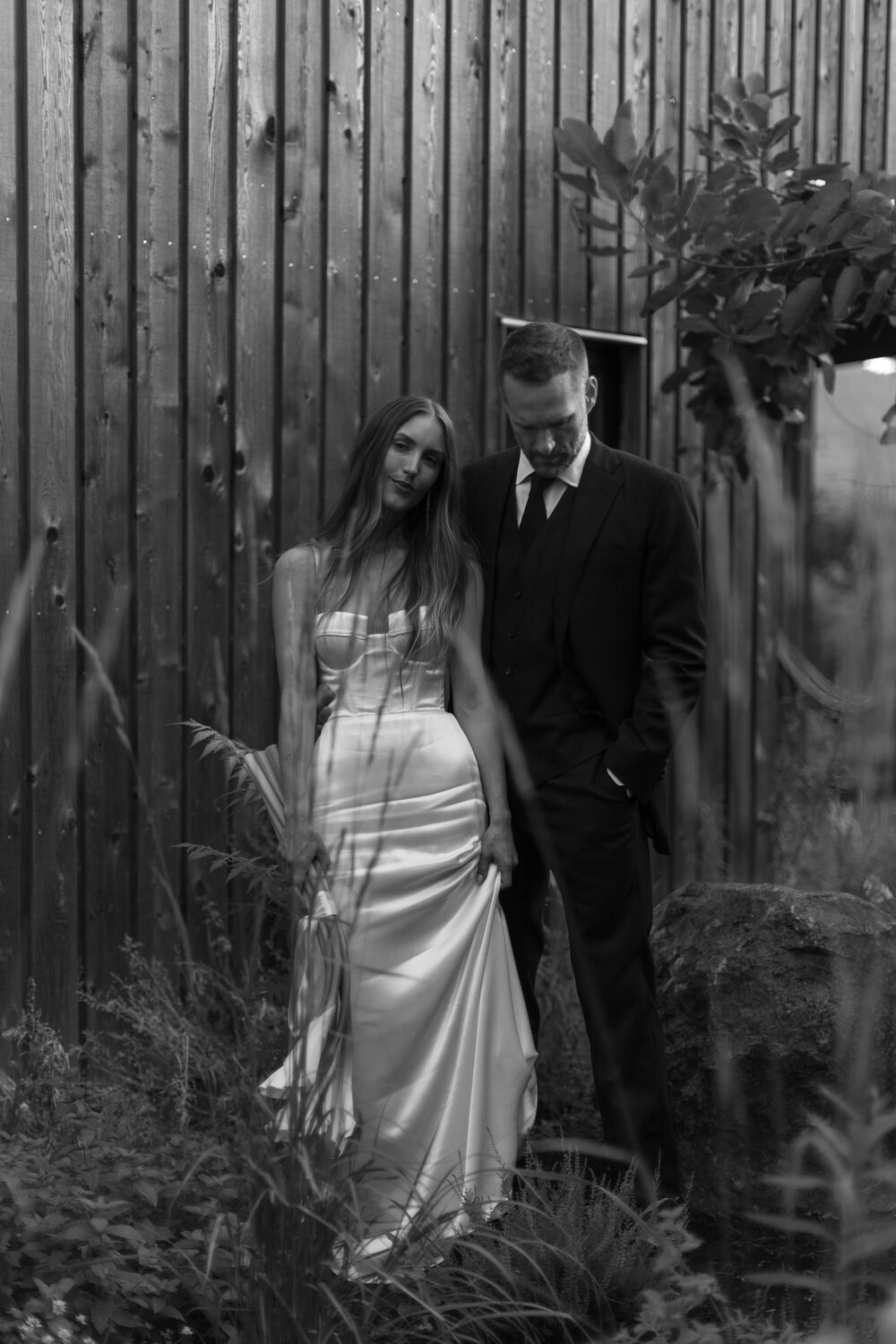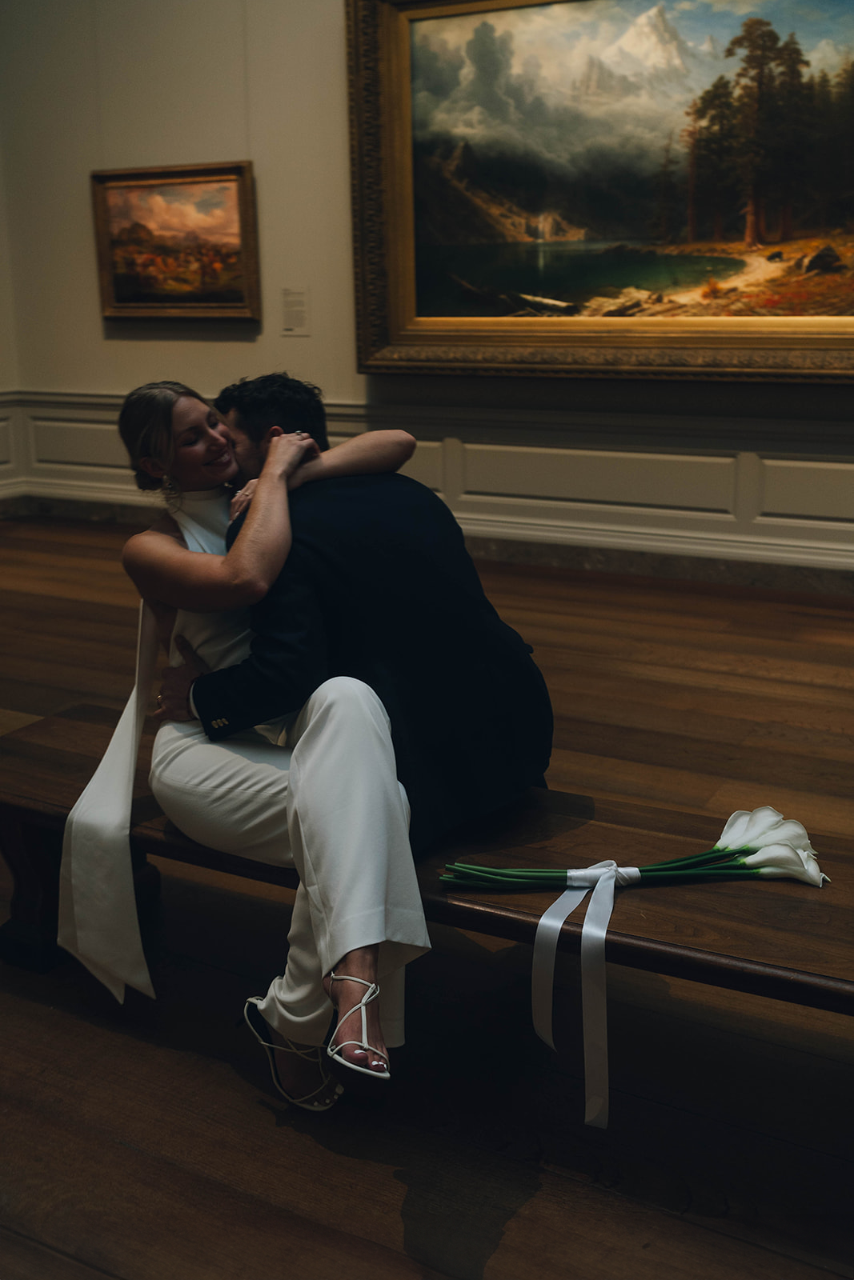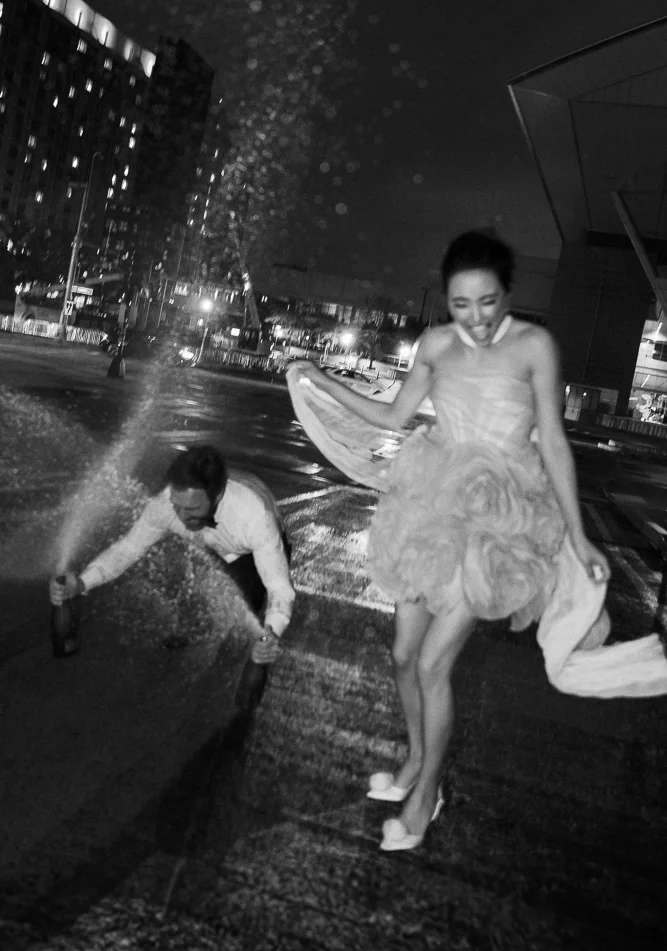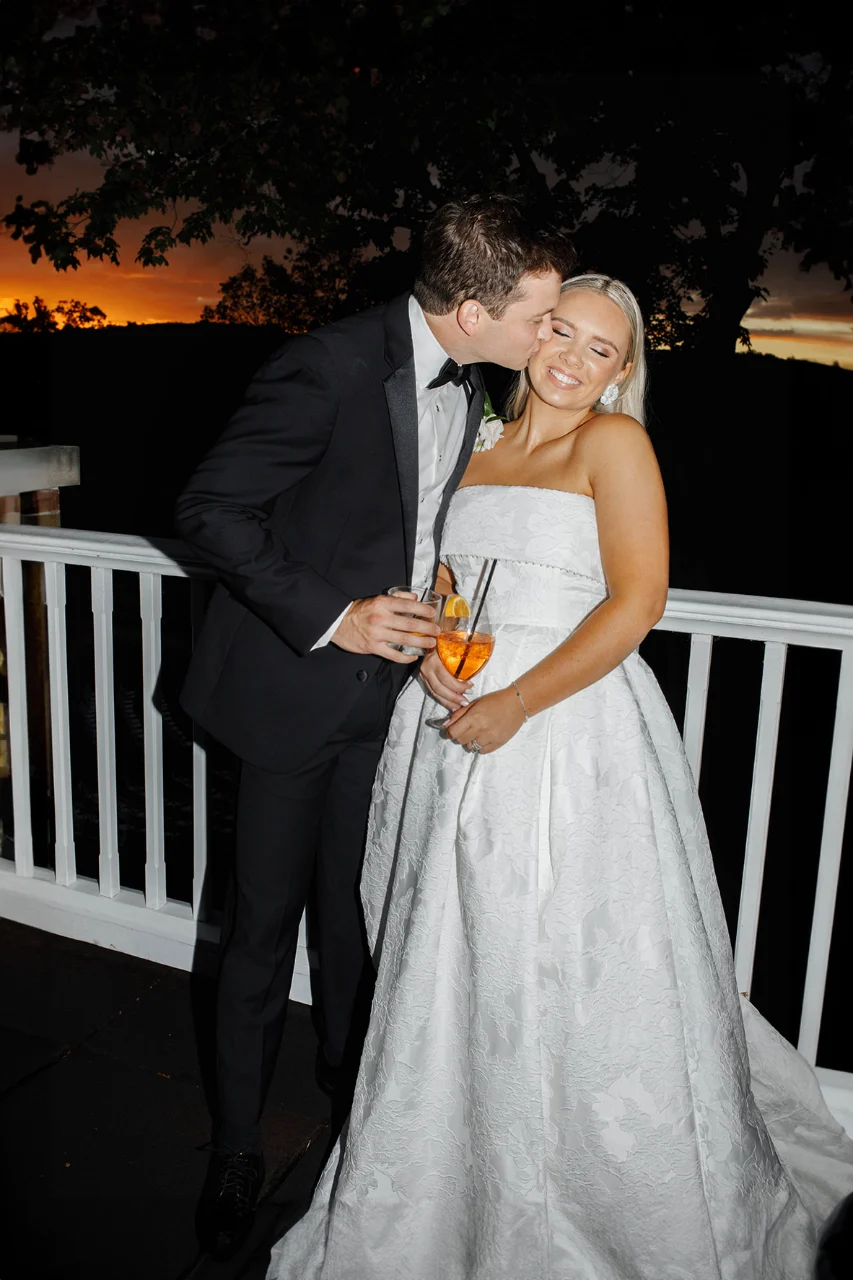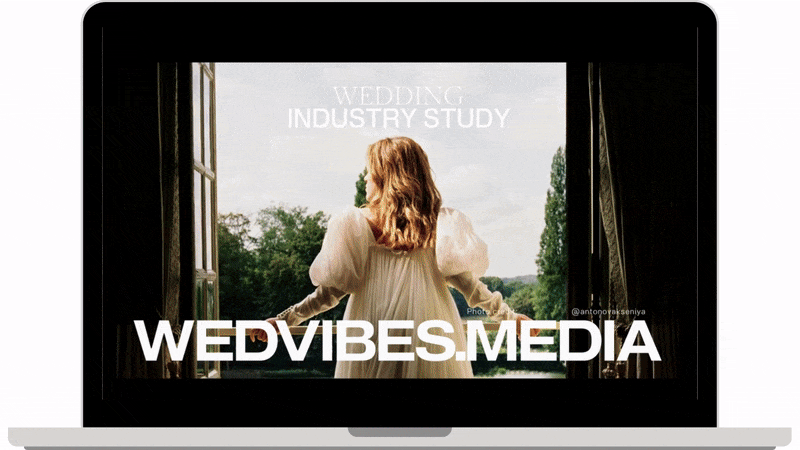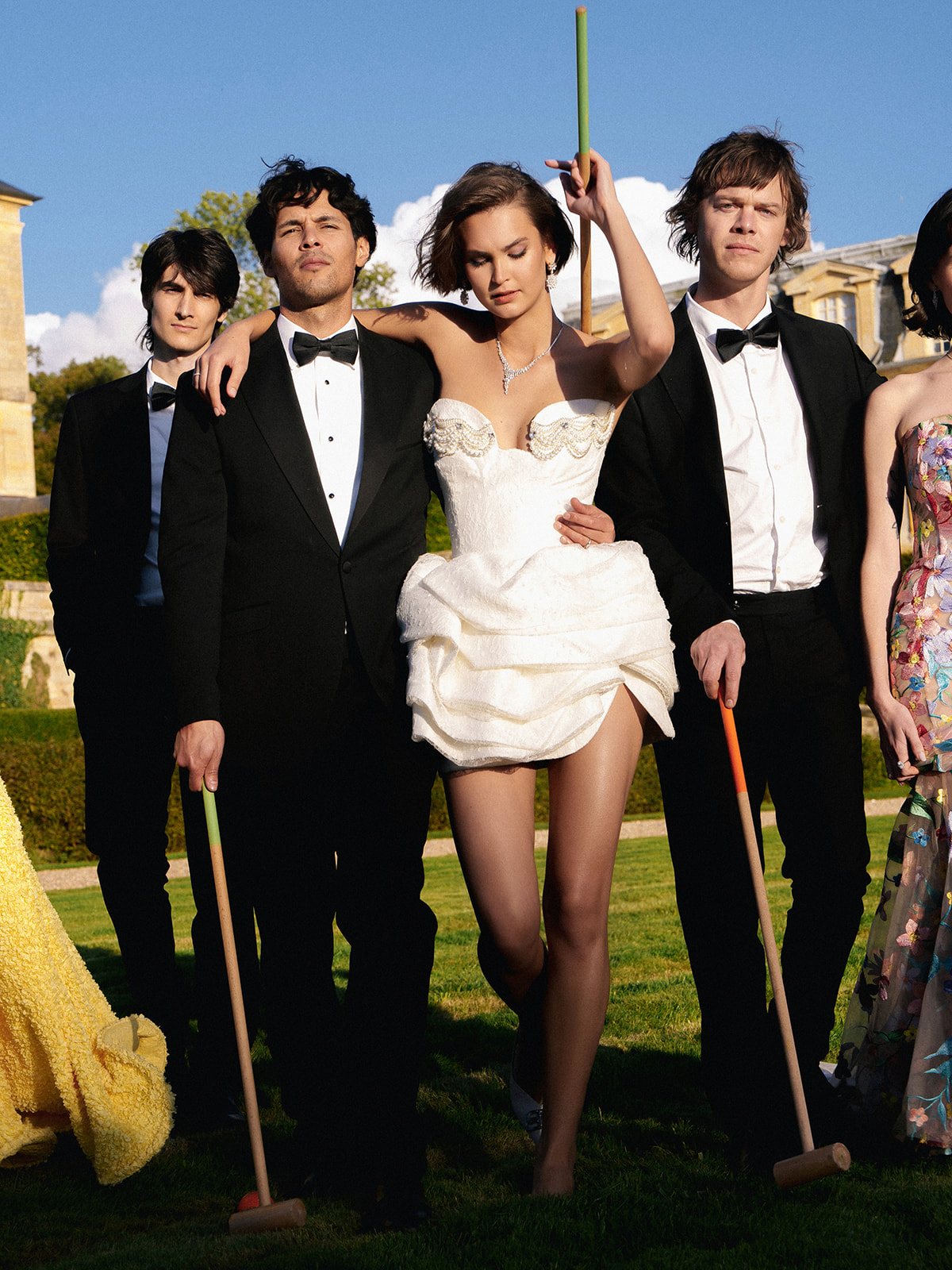June is a significant time because of Pride Month, a vibrant period dedicated to celebrating LGBTQ+ culture, uplifting community voices, and advocating for equal rights. Originating from the Stonewall Riots of 1969, a key moment for the gay liberation movement in the United States, Pride has grown into a global phenomenon. Yet, the path to recognizing LGBTQ+ weddings has its own distinctive story woven into civil rights progress. In this article, we trace the milestones in the journey toward accepting and celebrating LGBTQ+ weddings across the United States.
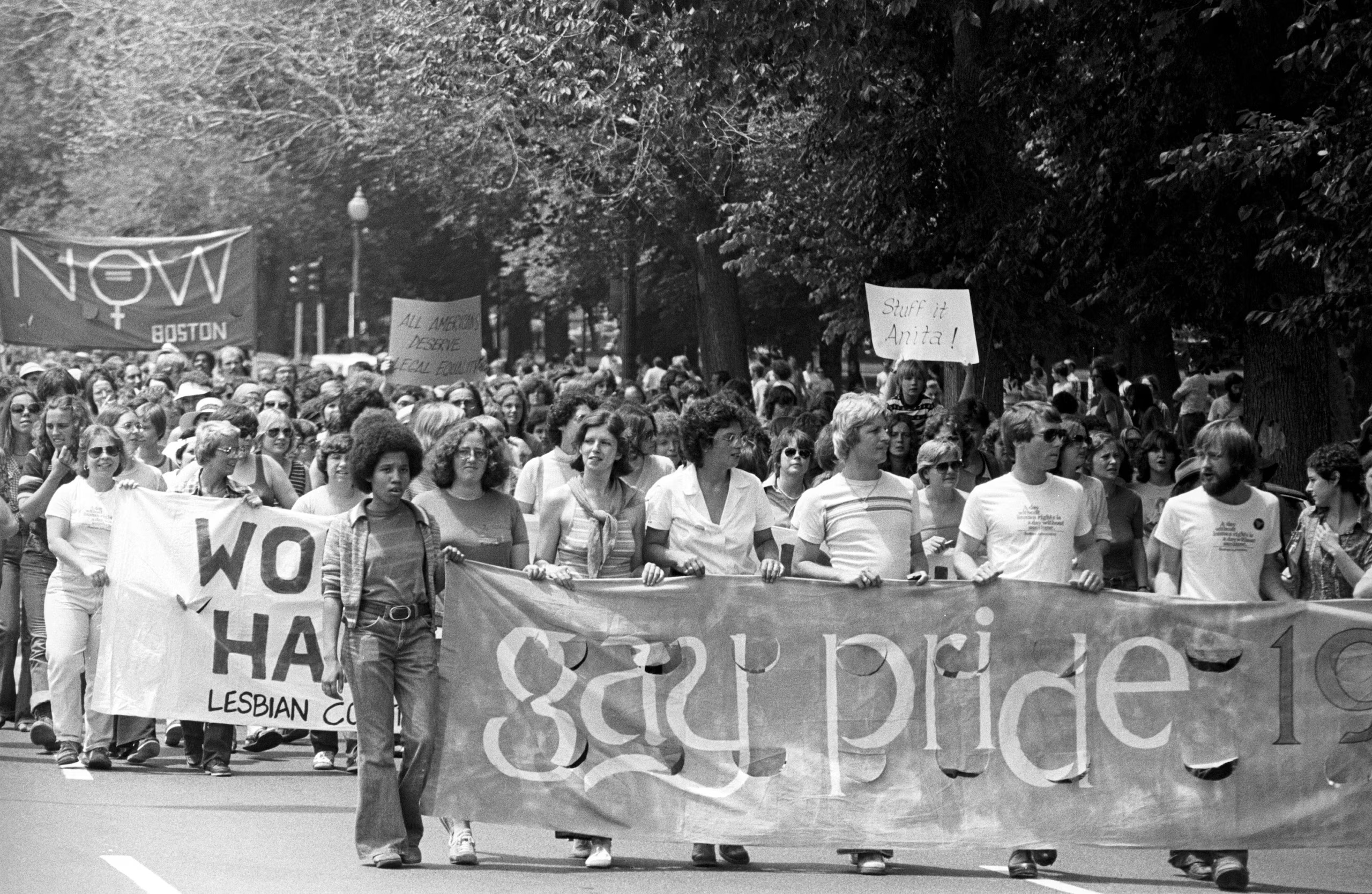
The Early Struggles for Recognition
In the early decades of the 20th century, the concept of a legally recognized union between same-sex couples was far from the minds of most lawmakers and citizens. Same-sex relationships, much less marriages, were hidden from public view. However, the brave few who lived openly faced significant societal and legal challenges. It wasn’t until 1970 that a notable attempt at legalizing same-sex marriage was made when a couple from Minnesota, Jack Baker and Michael McConnell, applied for a marriage license. Although initially denied, their case set the stage for future battles.
A Period of Advocacy and Backlash
The 1980s brought the AIDS crisis, which significantly impacted the LGBTQ+ community. The epidemic brought a sense of urgency to the fight for LGBTQ+ rights, including marriage equality. During this time, advocacy groups formed, and the community rallied like never before. The 1990s witnessed a mix of setbacks and small victories. In 1993, a landmark ruling in Hawaii suggested that the prohibition of same-sex marriage was unconstitutional, prompting a backlash that led to the Defense of Marriage Act (DOMA) in 1996, federally defining marriage as a union between one man and one woman.
Winds of Change
The new millennium ushered in a renewed sense of optimism. In 2004, Massachusetts became the first state to legalize same-sex marriage, setting a precedent for others to follow. This period marked a significant shift in public opinion and legislative action across various states. Each subsequent victory at the state level added to the momentum, culminating in a series of legal successes that significantly altered the landscape of LGBTQ+ rights in America.
At the time same-sex weddings began to gain visibility in popular media, reflecting and further influencing public attitudes. Notable representations include the season finale of HBO’s “Six Feet Under” in 2005, the marriage of Mitchell and Cameron in “Modern Family” in 2014, a wedding episode in ABC’s “Grey’s Anatomy” in 2011, and the union of Jack and Estefan in “Will & Grace” in 2019. These series mirrored societal changes and helped normalize same-sex relationships in mainstream culture.
The Landmark Decision
The significant moment in the history of LGBTQ+ weddings came on June 26, 2015, when the Supreme Court delivered its decision in Obergefell v. Hodges. This landmark ruling declared that the right to marry is guaranteed to same-sex couples by both the Due Process Clause and the Equal Protection Clause of the Fourteenth Amendment to the United States Constitution. This decision was a monumental victory for the LGBTQ+ community, ensuring that same-sex marriage became recognized and respected across all 50 states. However, the implementation of this decision was not immediate everywhere; some states faced delays and challenges in issuing marriage licenses to same-sex couples due to various administrative and political obstacles. Despite these challenges, the ruling ended all state laws against same-sex marriage, making it clear that everyone has the right to marry.
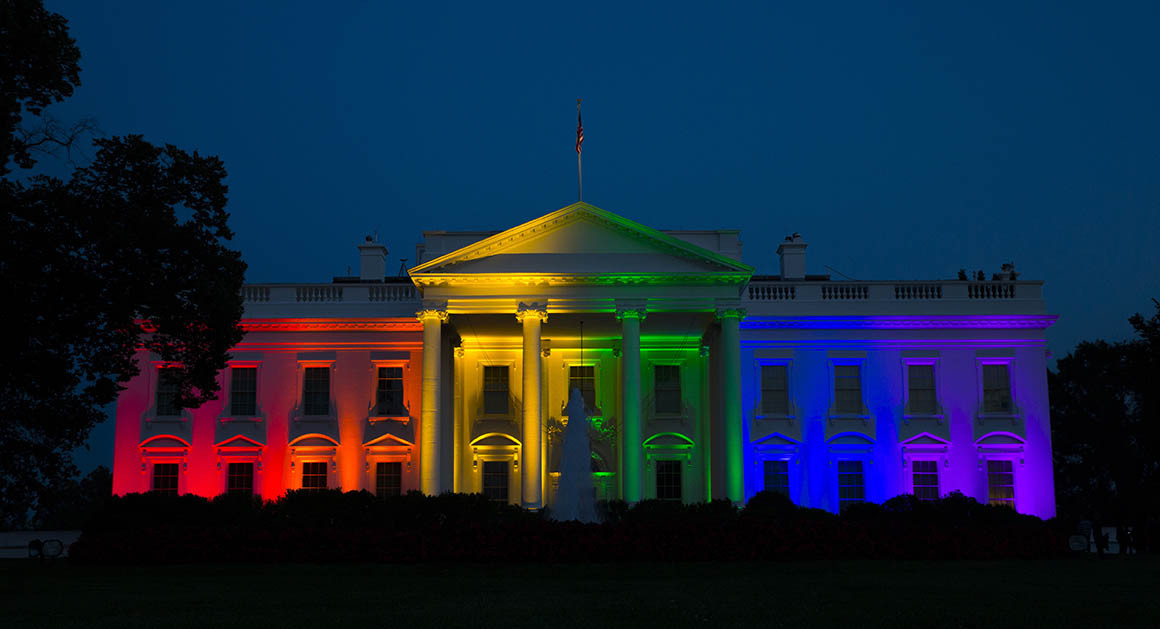
The Role of LGBTQ+ Weddings
LGBTQ+ weddings are not just legal unions but vibrant celebrations of love and acceptance. These events boldly step away from tradition, embodying the spirit of individuality and freedom. The couples aren’t afraid to break from conventional norms, creating events that are as fascinating as they are unique. Significantly impacting the wedding industry, these weddings drive changes in fashion, decor, and activities, challenging the norms of a traditionally conservative field. Each event not only celebrates a private union but also continues to shape and evolve history, demonstrating that personal expression and authenticity can have a profound impact.
Looking Forward
Each year, Pride Month serves as a reminder of the struggles faced and the victories achieved. It also underscores the ongoing need for advocacy and protection of LGBTQ+ rights, not just in the U.S. but around the world.
The journey of LGBTQ+ weddings from hidden and unrecognized unions to joyous, legal celebrations is a testament to the resilience and determination of the community. As we celebrate Pride, we remember the battles fought, the love shared, and the hopeful road ahead.

